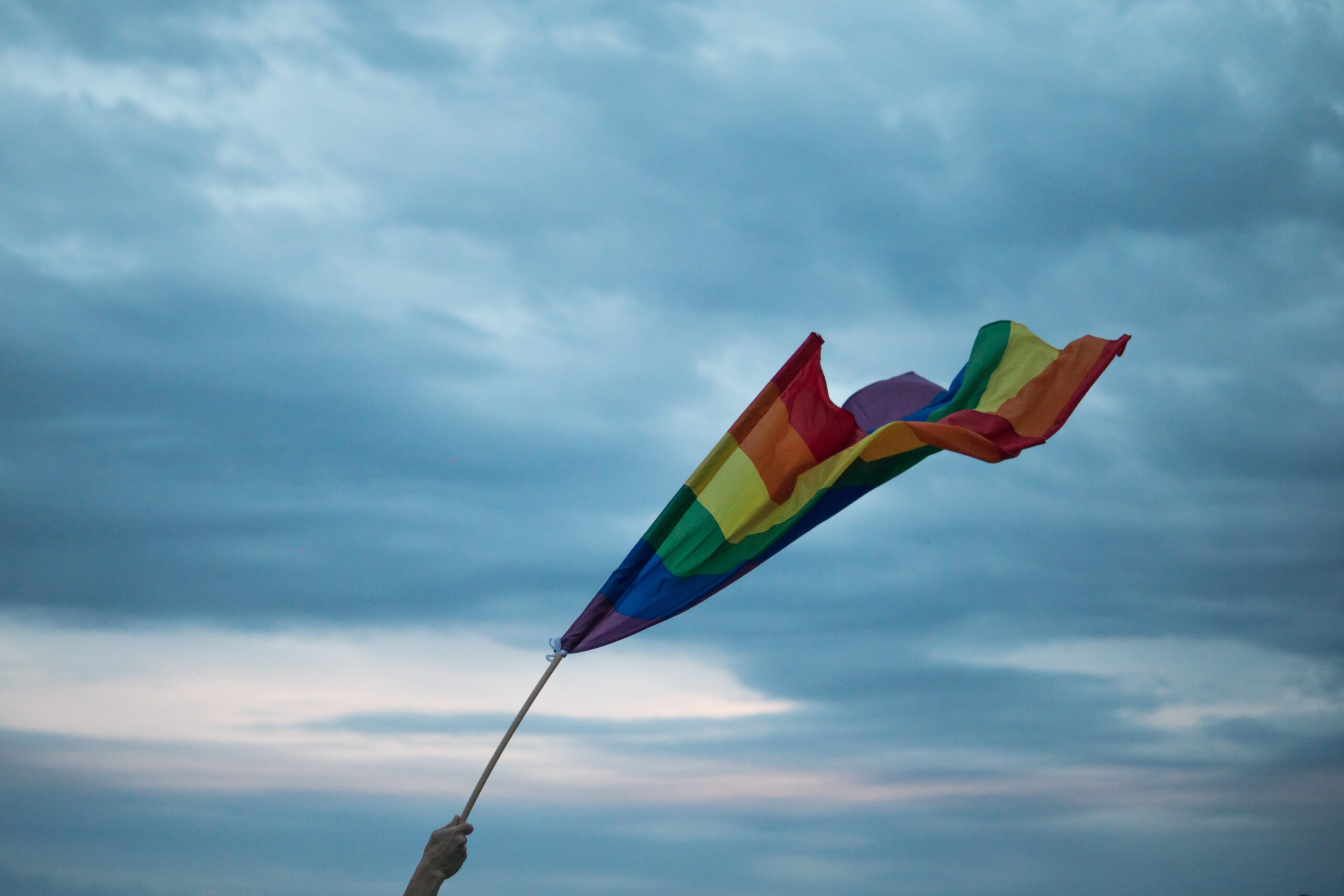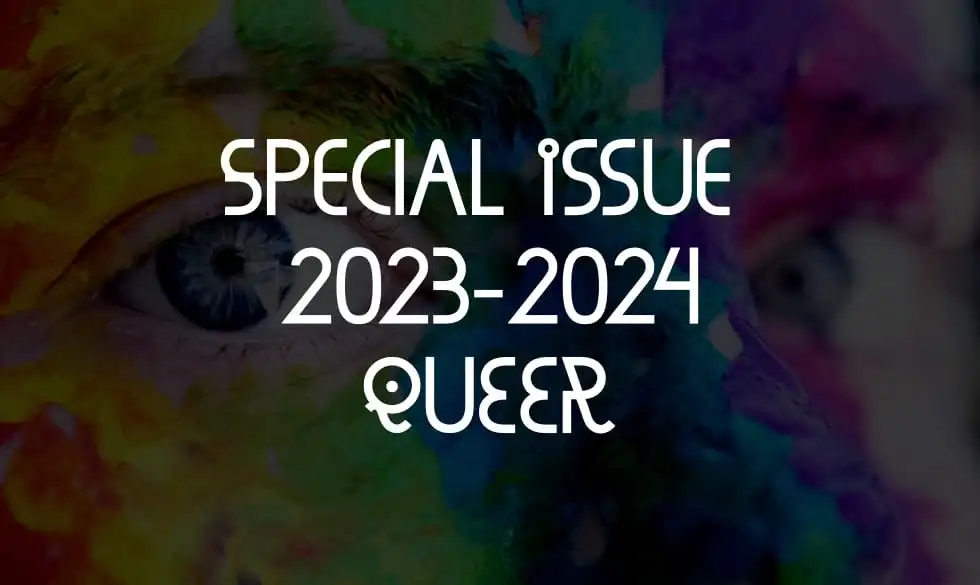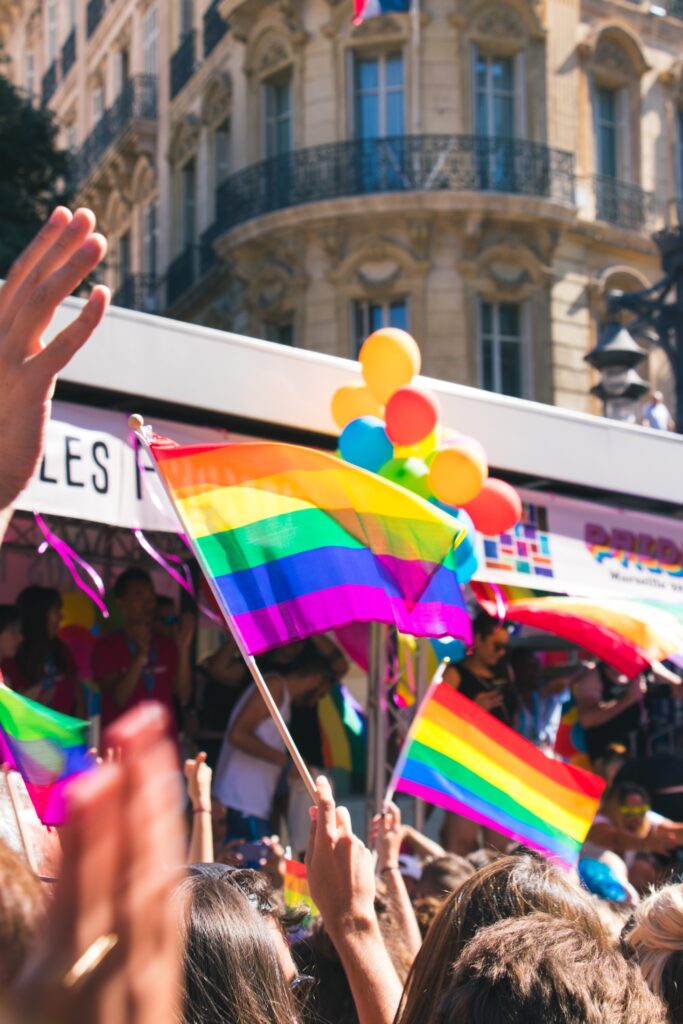On Hegemonic Queerness: A Powerful Examination of the Queer Identity
Author’s Memo
As a queer man in America right now, it is impossible to ignore the uptick in homophobic violence that has occurred over the last few years, especially the drastic spike at the end of 2022 that has continued into 2023. I wrote this essay after experiencing the heightened security measures adopted by gay clubs in Chicago following the Club Q shooting in Colorado Springs, Colorado. They added pat downs, dance floor security, and kept the lights from going fully dark and it still wasn’t enough to coax people out of their homes to a place for queer people because of the possibility of danger.
‘I wrote this essay after experiencing the heightened security measures adopted by gay clubs in Chicago following the Club Q shooting in Colorado Springs, Colorado.
I am of the queer generation that was supposed to grow up in a world that accepted us; I have been alive for a whole range of moments in queer history: everything from the Supreme Court ruling for the nationwide protection of gay marriage, to the first Hallmark film with gay love interests.
The slow push for tolerance has required compromise after compromise to be made in the name of palatability to heterosexual society: queer men are still reduced to unthreatening, foppish sound bites in the few points of visibility that they have in mainstream media. They are focus tested, made so bland that they could possess no oddity to be disgusted by. The trope holds a screaming undercurrent of “Despite my queerness, I am normal!” It only serves to divide queer people into categories of “good” and “bad,” in an effort to set the unmentionables adrift. But in the end, the slow march of tolerance can’t outpace a bullet shot out of an assault weapon.
‘In this essay, I juxtapose the current reality of queerness against milestones in my own life as a queer man in America.
In this essay, I juxtapose the current reality of queerness against milestones in my own life as a queer man in America. With the context of my own lived experience, I examine the roots of the word “queer,” what it truly means about a person given that label, and the oxymoronic nature of what it means to be queer and to fit in with a hegemonic, heterosexual culture. This piece is composition of personal anecdotes, recordings of recent hate crimes, and analysis of the way that queerness is made palatable through mass media.
This is not just an examination of the queer identity, it is an examination of the queer identity caught in a period of time that demands its survival. How do queer people survive when we take their weapons and protections away?
On Hegemonic Queerness: A Powerful Examination of the Queer Identity
The music is thumping on the dance floor of the club, but the room is empty. The bass is pumped to the normal level— that is, loud enough to compensate for the many, many bodies that should be inhabiting the space of the dance floor: the layers of skin and muscle and fat and blood that absorb the sound that is so loud it somehow manages to still reach the bone.
A few people are out tonight, not many though. And we all still need to make it through three layers of security checks before we can be let in to dance. First, they check our ID’s to ensure that we are of age and rational enough that we live on the grid— that is, not in the middle of the woods separate from the reach of the government. That type of person can be a little bit unpredictable.
It’s strange to see a place characterized by the anonymity that comes with its low light so infested with surveillance, but the price of safety is steeper than the five dollar cover fee.
Then, they check our bags for weapons (many people have bulging socks from the little plastic bags of uppers that they’ve scrambled to hide). Finally, an on-duty policeman must pat us down and wave us with a metal detector. The plastic bag of tequila on my inner thigh grows heavier by the second. It’s strange to see a place characterized by the anonymity that comes with its low light so infested with surveillance, but the price of safety is steeper than the five dollar cover fee.
A few weeks ago, a young man brought an assault rifle into a gay club, Club Q, in Colorado Springs and opened fire on the patrons. After killing five people and injuring twenty five, patrons took him down at the bar that night. When they identified the shooter, reporters tracked down his estranged father. The man was easy to find because he had appeared in a cable TV show about amphetamine addiction with a concentration on his habit of chronic masturbation. In the video footage of the interview, when the reporter tells him that his son was at the scene of the shooting, he seems apprehensive for a second that his son may be gay. Then they told him that his son was the shooter, and he exhales in relief that his son was only there to commit a homophobic hate crime.
‘Then they told him that his son was the shooter, and he exhales in relief that his son was only there to commit a homophobic hate crime.
I told my mother that I was gay in eighth grade. She had figured it out at that point: I was an active member in the children’s theater community as a male soprano because my voice still hadn’t dropped and my Halloween costume well into third grade was “Generic Princess.” I was in the passenger seat of the family car, she was driving. Looking back, I should’ve given more attention to the consequences of shocking my mother behind the wheel of a several-ton car on a single lane road late at night. If the car didn’t get t-boned into a tree, I may have just been left at the side of the road. She may have swaddled me as I slept and left me on a fire station stoop.
But that didn’t happen. She asked if I had a crush on any of the boys in my class. I said that I did not. She said that she was proud of me. I thanked her. We drove the rest of the way in silence. My mother wouldn’t be getting grandchildren, but she gained a child to give her hand-me-down skinny jeans.
‘She asked if I had a crush on any of the boys in my class. I said that I did not. She said that she was proud of me. I thanked her.
I’m finally on the dance floor. In total there are twenty of us: my four friends, me, six musical theater students (I can tell from the way that they’re keeping their feet pointed while they dance to the house tracks), three old men, and six Go-Go boys who are standing around in their underwear and checking their cuticles. This isn’t counting the men doing circles around the bar as the ragtag hired security team. They’re wearing cowboy hats as a cheeky nod to their positions as tonight’s posse, and the hats are sparkly pink to add a sheen of camp.
A few weeks after the Club Q shooting, a man threw a molotov cocktail through the window of a donut shop in Oklahoma that was popular with hosting drag shows. In his expression of cowardly dominance, he did it at night, when the place was empty, away from the threat of sharp stilettos and cheap fiberglass body glitter.
‘A few weeks after the Club Q shooting, a man threw a molotov cocktail through the window of a donut shop in Oklahoma that was popular with hosting drag shows.
It was one year after I made the official pronouncement that I was gay and off the market for my female peers in middle school that Obergefell v. Hodges, the Supreme Court ruling upholding gay marriage protected gay marriage. And it was three years after that when Hollywood began to capitalize on the new cultural shift toward acceptance of queer people— conditionally. This just meant that gay men could trickle into the largest blockbuster films to provide occasional sound bites about being “fierce,” “slay,” and other single-syllabic affirmations. Some media existed to provide more complete portraits of queer people, but the cable menu had a separate section titled “Celebrate Queer Stories.” There were things like “Queer as Folk” or “The L Word,” titles with wordplay to remind straight audiences to proceed with caution, there will be gay people on screen.
‘It was one year after I made the official pronouncement that I was gay and off the market for my female peers in middle school that Obergefell v. Hodges, the Supreme Court ruling upholding gay marriage protected gay marriage.
It feels unusual to call a marginalized identity hegemonic and equate it with cultural dominance, but there has never been as much visibility for queer people as there is now. The ones that the box office can stomach, at least. But should that be the goal for queer people? After all, the word “queer” derives from the words like “strange,” “”odd,” “peculiar,” and “weird.” It’s a catchall term to ostracize. To be classified as “queer” is to resist the gravitational pull of conventional society. No matter how close “queer” can get to complete “normalcy,” there is always an inherent juxtaposition, comedy even, from the gay man pining for incorporation into the heterosexual word.
When in contrast with a man that belongs, every elongated “sss,” every flop of the wrist, every sassy hand perched on the hip, all stick out as oddities that define the strange creature. At best, it makes him easy to lampoon. At worst, it makes him easy to hate. In pursuit of constructive representation, television broadcast a queer petting zoo: a menagerie of unsexed, declawed gay men devoid of substance, of culture, of power, of bite, of snark. Though the intention to show that queer people could be just like everyone else was admirable, the only minds it changed were those of the newly-out children that stopped believing anything about them was special.
‘It feels unusual to call a marginalized identity hegemonic and equate it with cultural dominance, but there has never been as much visibility for queer people as there is now.
It was a milestone in queer media when Hallmark released a film about a gay couple. This was the blandest we could be made, the lowest we could stoop in the fight to be seen exactly the same as straight people. The month of the film’s release, an alumni of my high school attacked a man on the sidewalk corner outside a pizza restaurant where I went on my first date with another man. The body camera footage from police that arrived at the scene picked up a tirade of homophobic slurs, some of which I didn’t even know. When the article circulated around my friends from high school, they all said that he would never be able to show his face in town again. But once he posted bail, I knew that I couldn’t show mine either.
It has taken decades for queer people to conform to the acceptability politics that govern their stories. So why does the unacceptable keep happening?
‘It was a milestone in queer media when Hallmark released a film about a gay couple. This was the blandest we could be made, the lowest we could stoop in the fight to be seen exactly the same as straight people.
The strobe lights have been going every few seconds. We’re dancing, wilder than we ever have before with all of the extra room around us. And in each flash of light a still of their bodies is imprinted to the inside of my eyelids for a second. These are makeshift photographs, memories I will cherish of them with arms outstretched, chin to the ceiling, and eyes closed, forgetting the events of the last month, the last decade, before we knew we belonged in a place like this, before we knew we didn’t belong somewhere. We are just a few bodies in the lineage of people who come to places like this to dance.
Credits
Featured image of close up photography of rainbow rays on eye by Harry Quan for Unsplash
Image of a person holding up a LGBT flag during Thessaloniki Pride by Yannis Papanastasopoulos for Unsplash
Learn More
New to autoethnography? Firstly, please visit What Is Autoethnography? How Can I Learn More? to learn about autoethnographic writing and expressive arts. Interested in contributing? Secondly, view our editorial board’s What Do Editors Look for When Reviewing Evocative Autoethnographic Work?. Accordingly, check out our Submissions page. View Our Team in order to learn about our editorial board. Please see our Work with Us page to learn about volunteering at The AutoEthnographer. Lastly, do visit Scholarships to learn about our annual student scholarship competition.
Robert Vetter is an essayist, humor writer, and performer in Chicago. He has previously been seen in McSweeney's Internet Tendency, The Museum of Americana Literary Review, Functionally Dead, and more. His other work can be found on his Substack page, https://robertvetter.substack.com/













